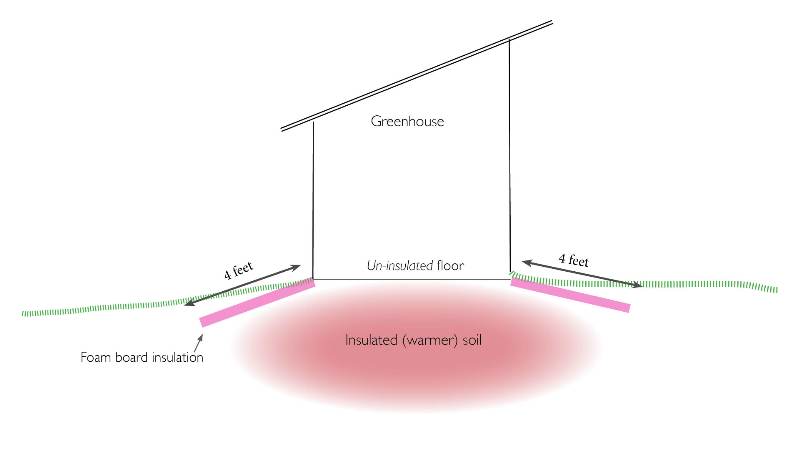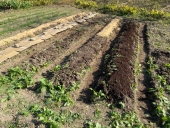
 1
1









Windward Sustainability Education and Research Center
Permaculture Apprenticeships at Windward
America's First Permaculture Cemetery? Herland Forest Natural Burial Cemetery









I make a Maple Syrup instructional movie! Check it out HERE
SKIP books, get 'em while they're hot!!! Skills to Inherit Property
See me in a movie building a massive wood staircase:Low Tech Lab Movie








 1
1
















Casie Becker wrote:I added this thread to the greenhouse forum for you.
For aerating your soil, have you considered introducing composting worms directly to your greenhouse?
Otherwise, I've had good results in planters using high concentrations of vermiculite. Looking at the way you're isolating your soil it looks to me more like you will be growing in ground level planters rather than in the ground itself.
I think your idea of biochar also has good potential. Just remember if you're making it yourself that it needs to be 'charged' before you use it. Otherwise it's just charcoal. The benefit to knowing that is that buying large amounts of wood charcoal without additives and charging it yourself can make it much less expensive. There's a lot of different instructions of how to do this online, but most of them are fairly straightforward. You just want to saturate the charcoal with nutrients and introduce it to an active microbe community. I think soaking it in a bucket of compost tea can be enough.
I love growing in polycultures, but I don't know if you can benefit as much from one it such an enclosed space. You won't have access to the full community of beneficial insects and micro organisms that would usually be drawn to a diverse planting to fight off marauding insects and disease. In your situation I think I would be looking more into crop rotations. Polyculture might work, I can still think of benefits that would still work in an enclosed system. Legumes will still fix nitrogen. Mustard roots will still decay in a way that kills root not nematodes. Just research carefully. One of my favorite sayings about permaculture is "it depends" There are very few solutions that apply to every situation.







|
This tiny ad is programmed to love you
Homestead Pigs Course
https://permies.com/wiki/365748/Homestead-Pigs
|








